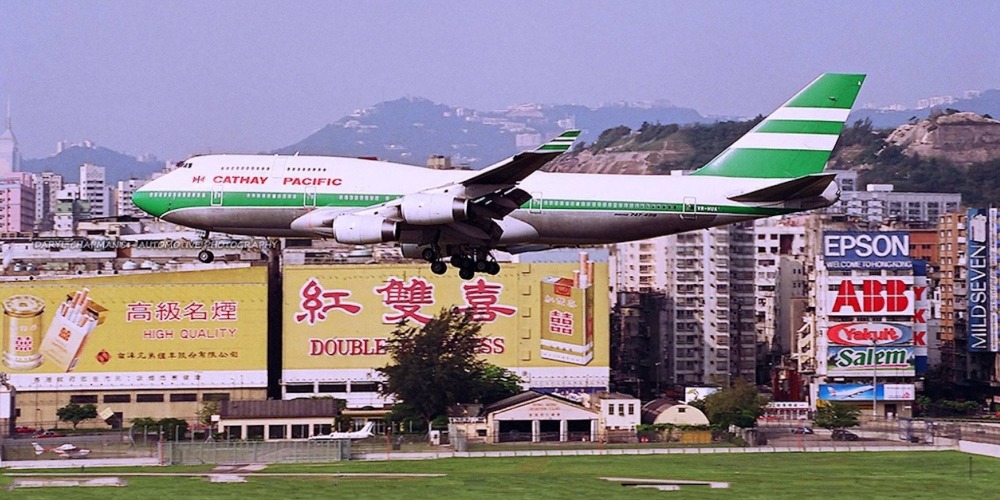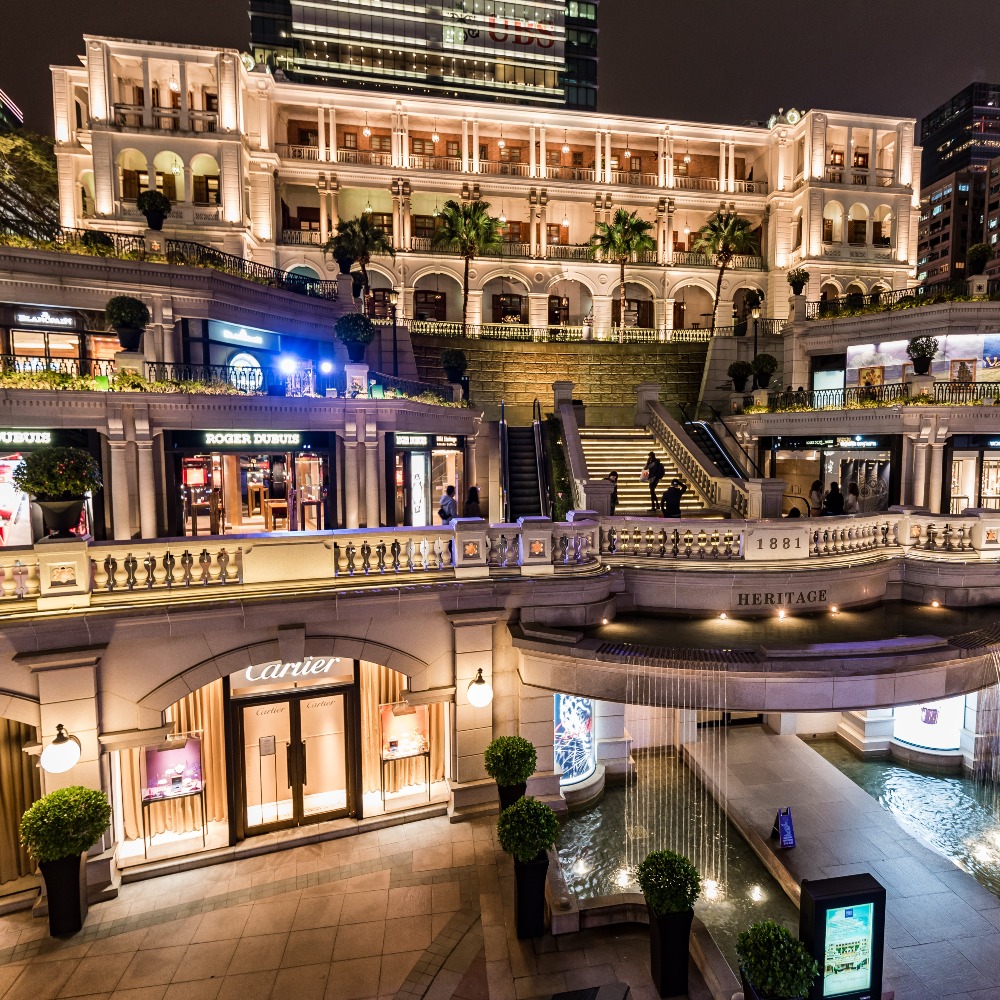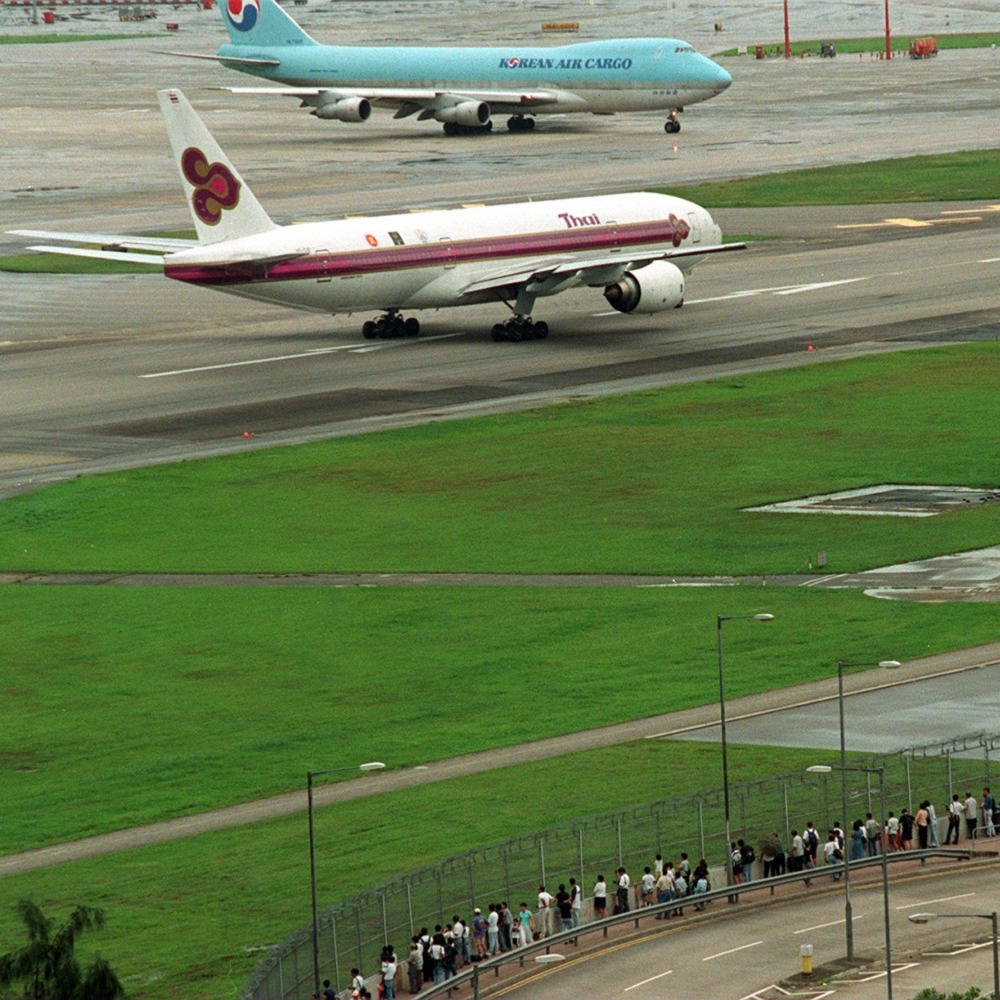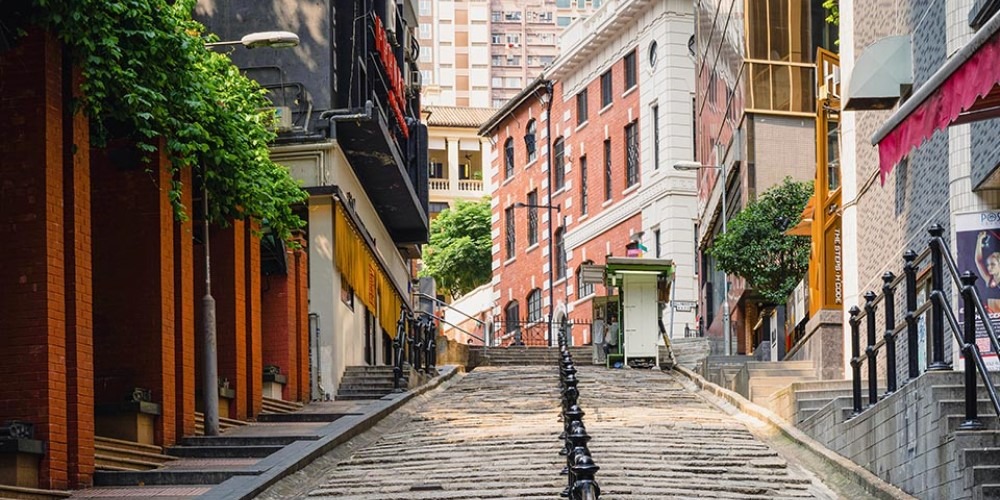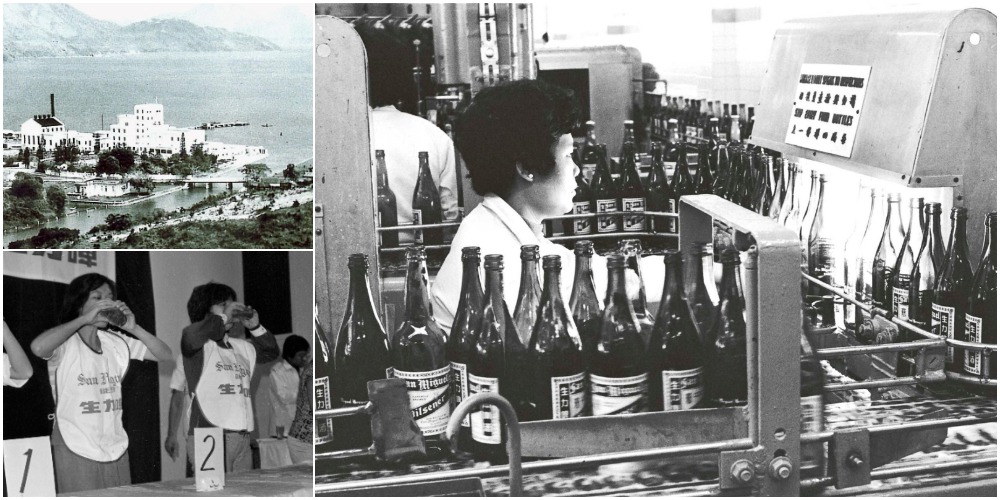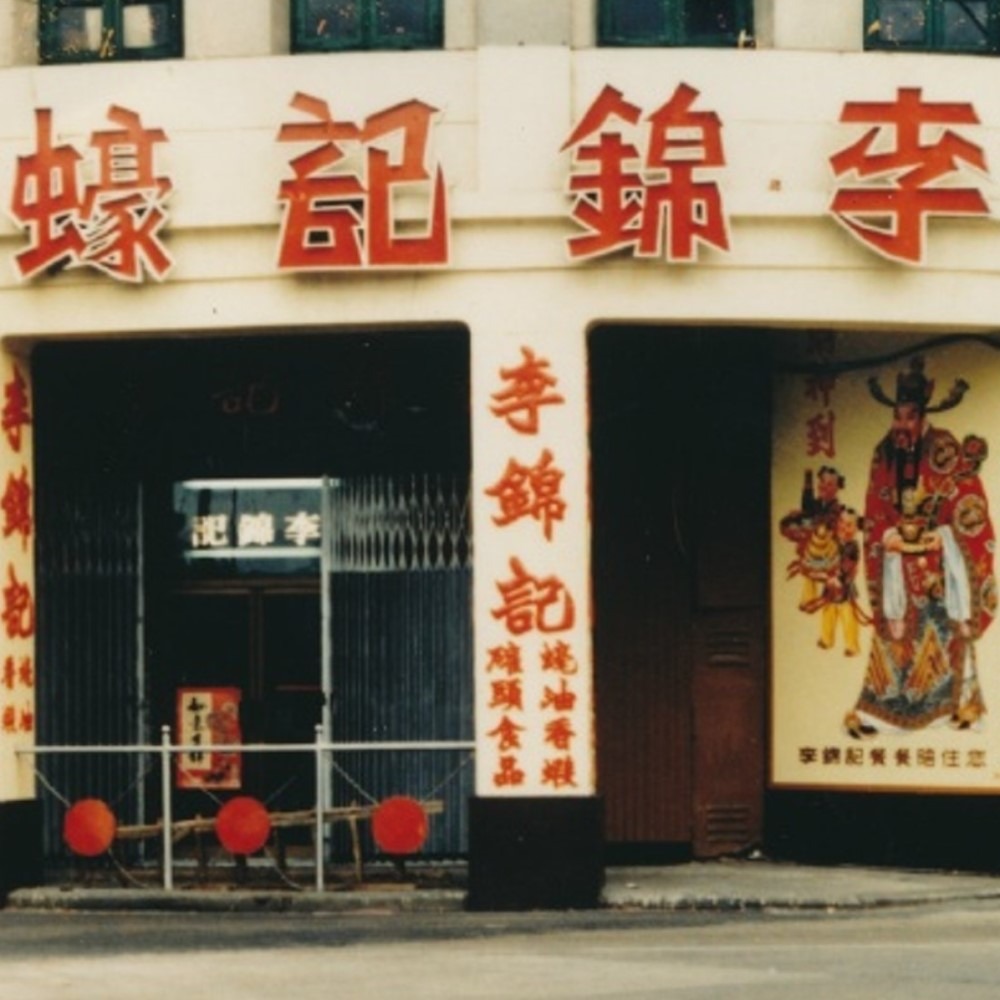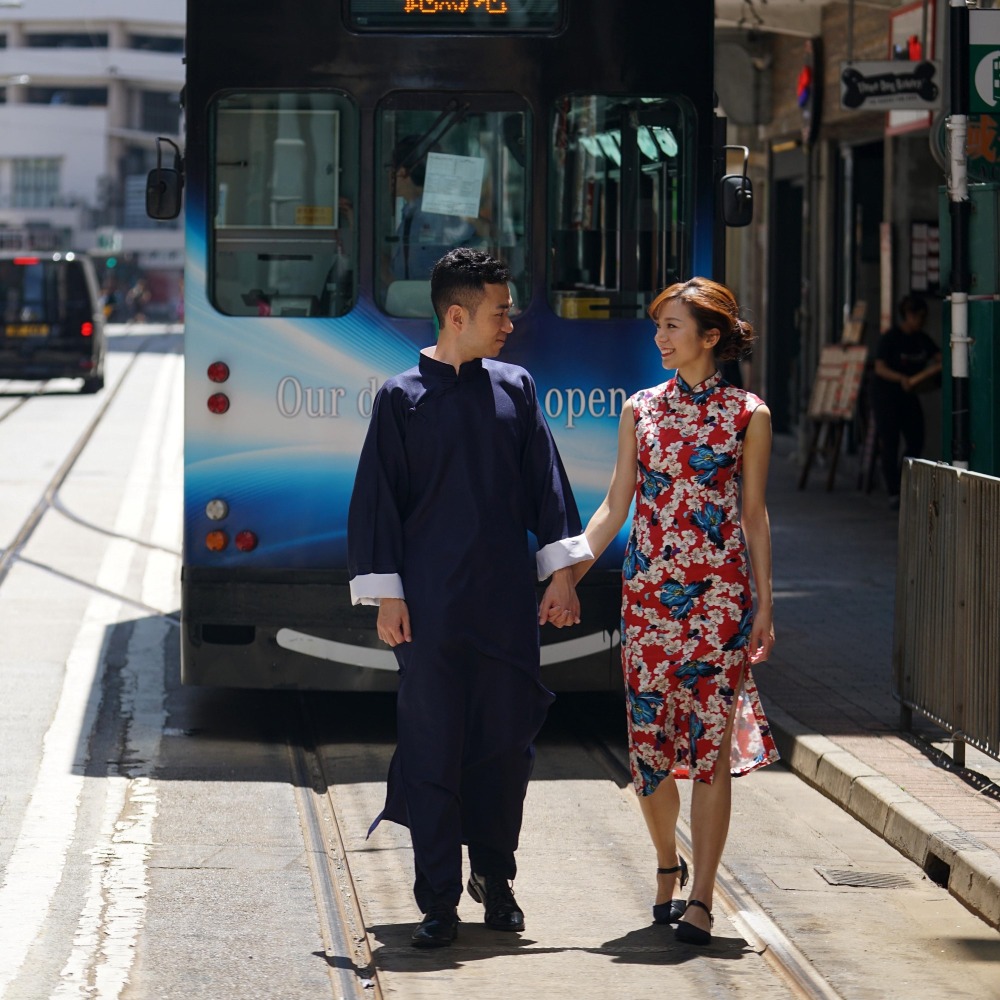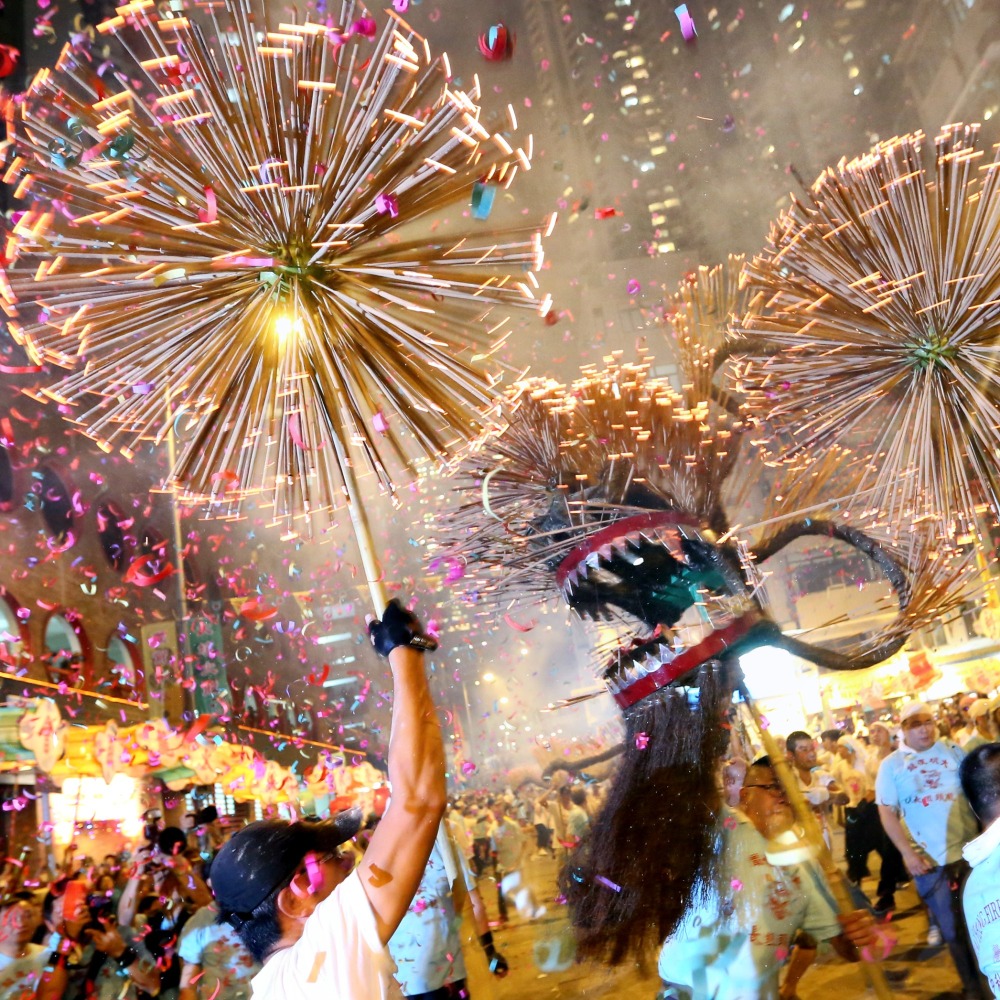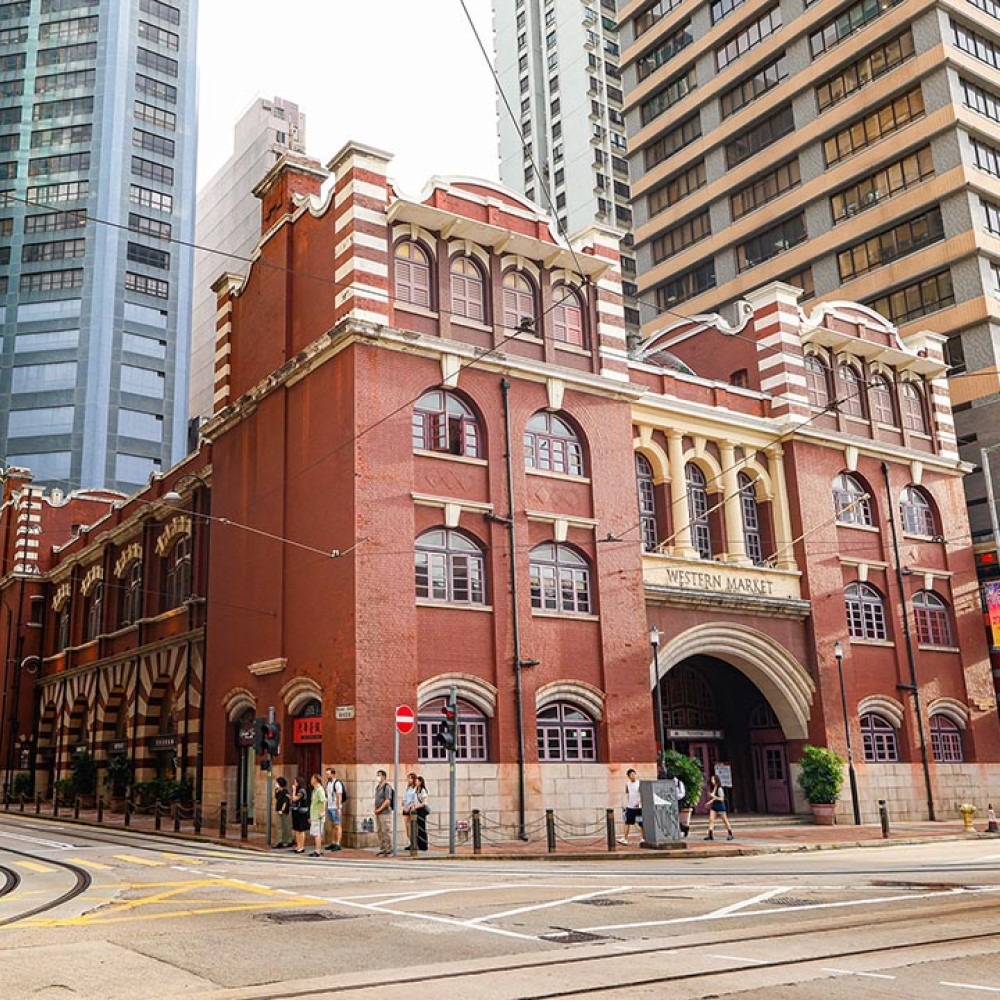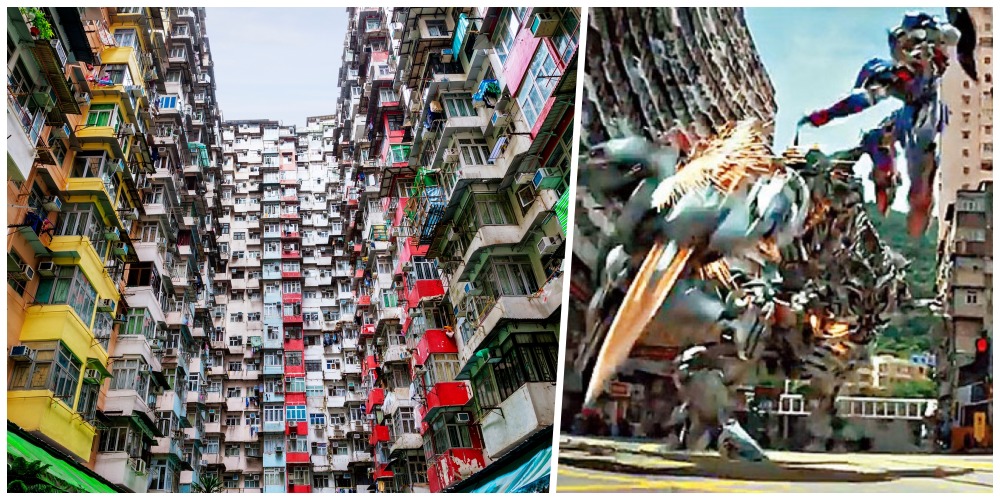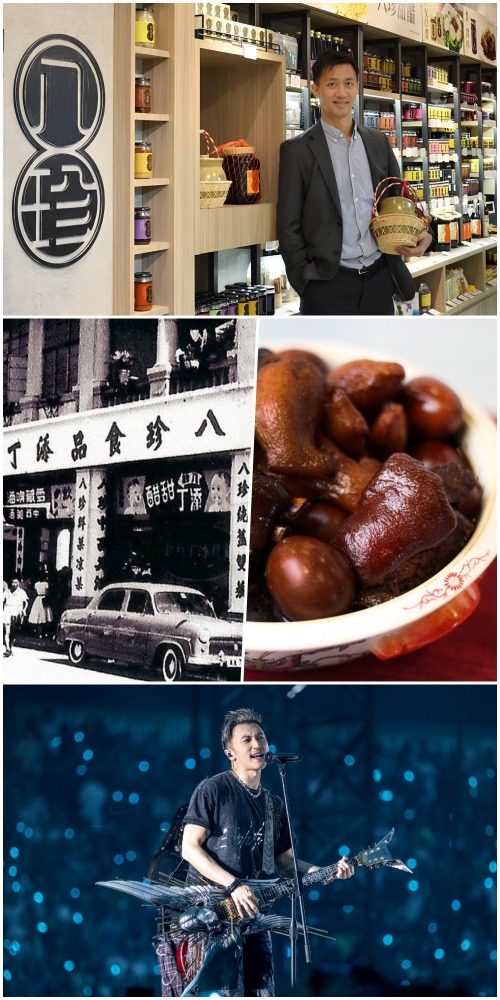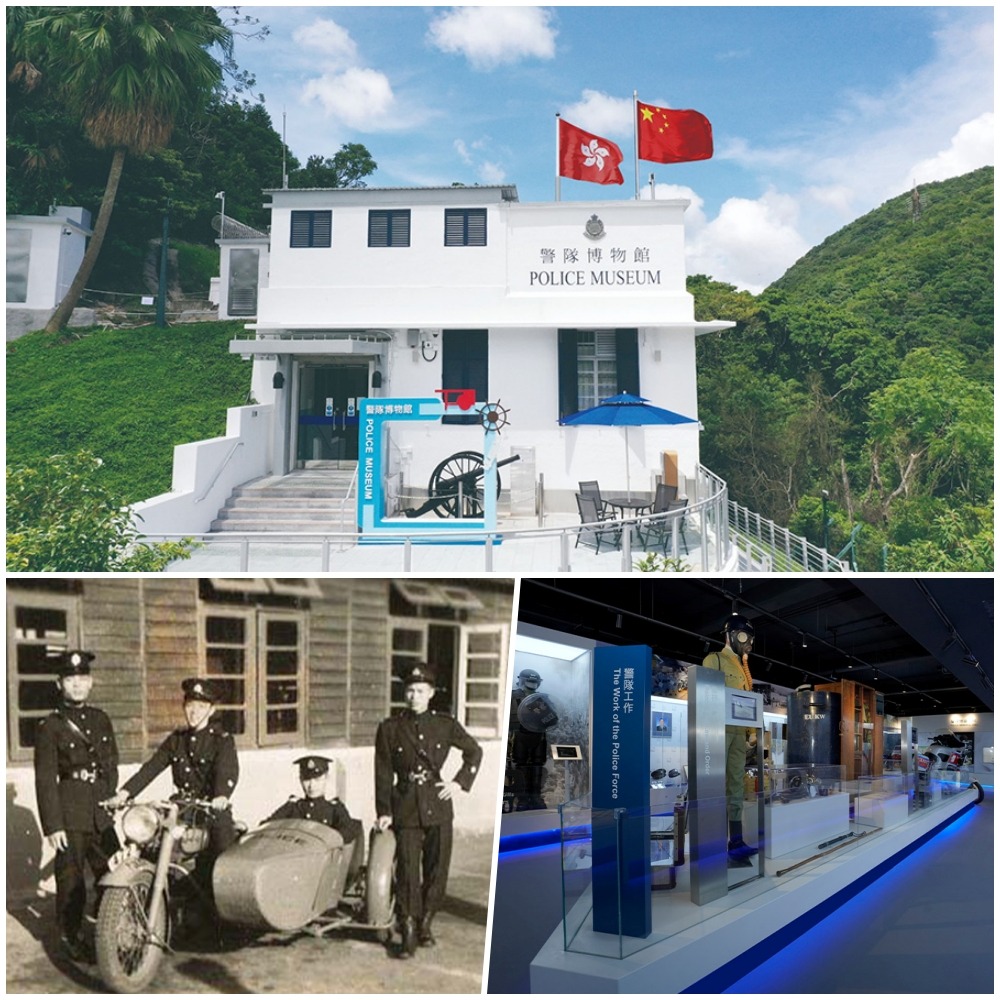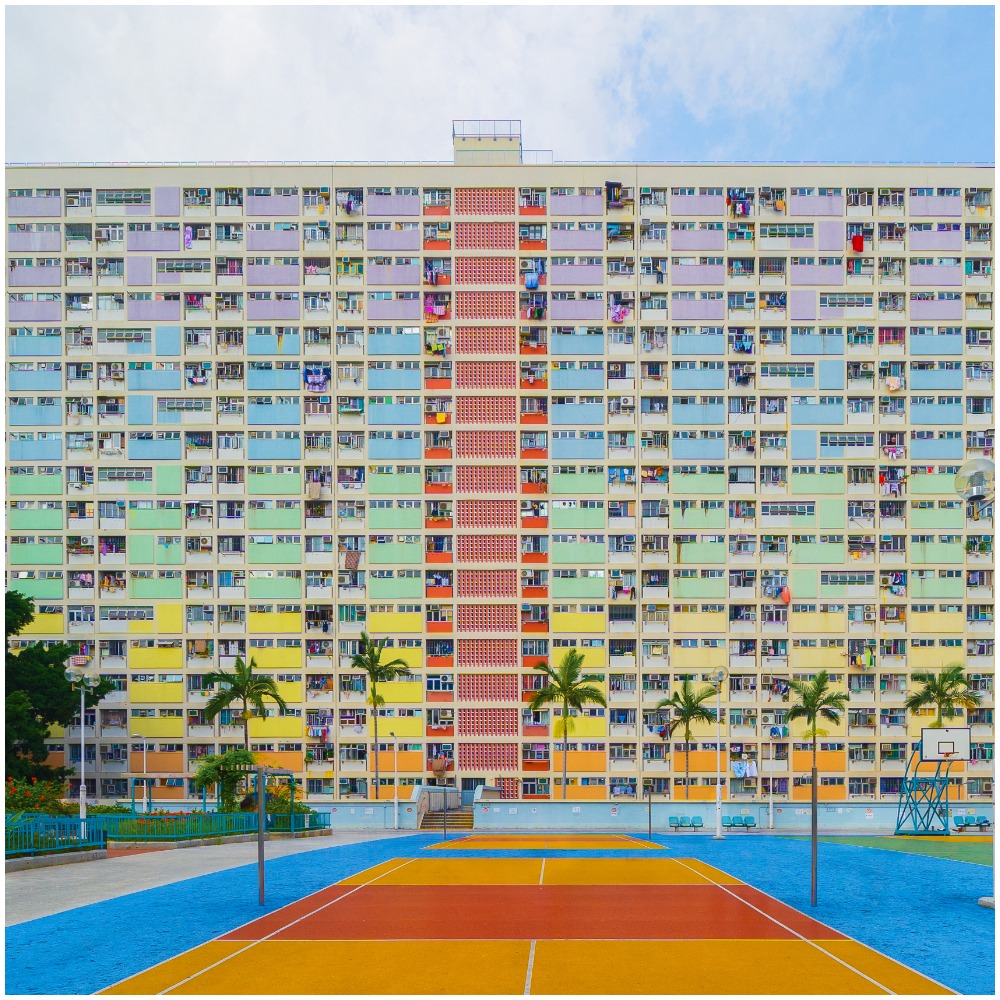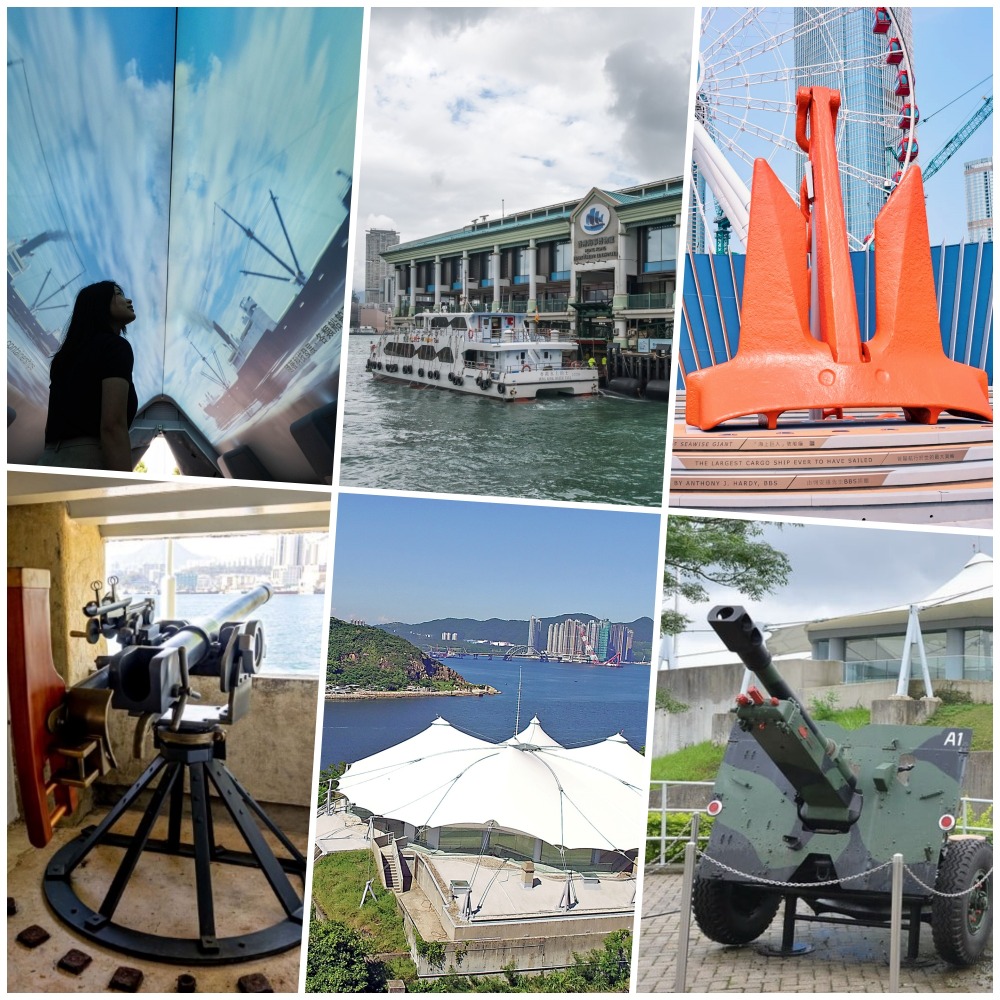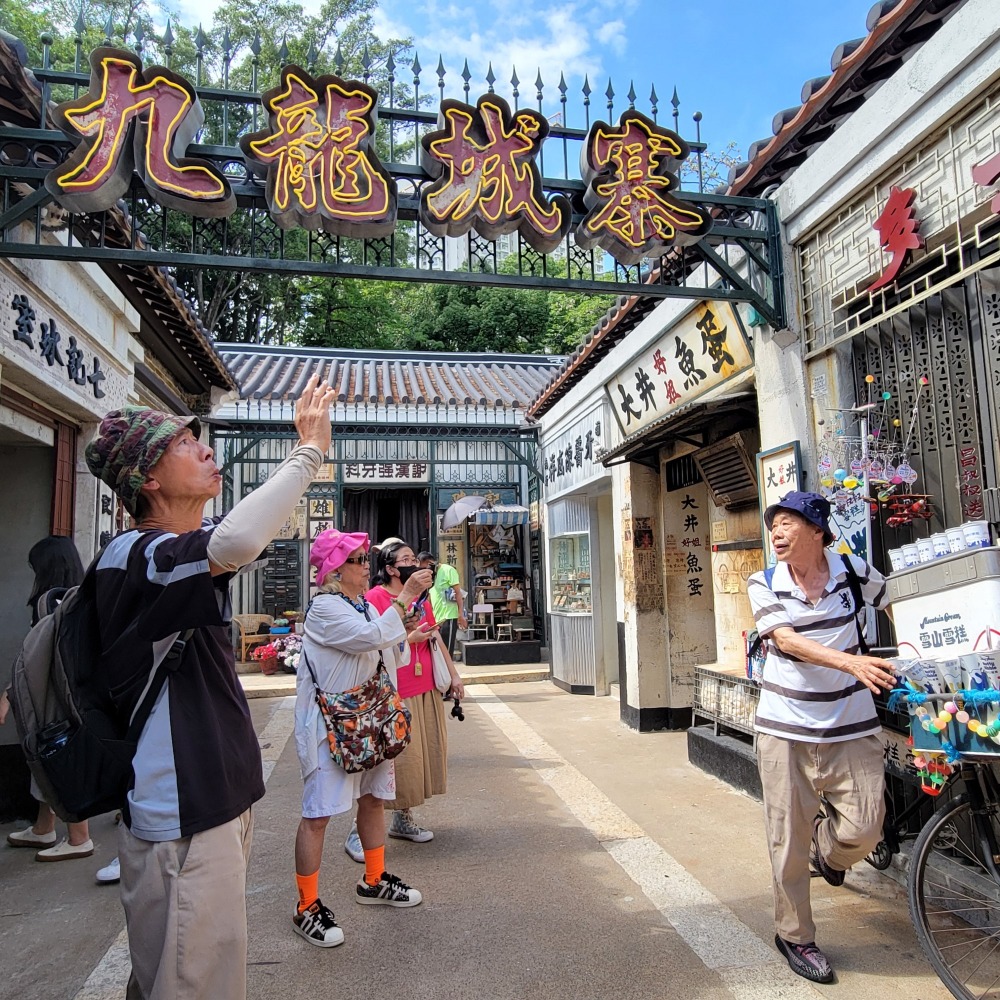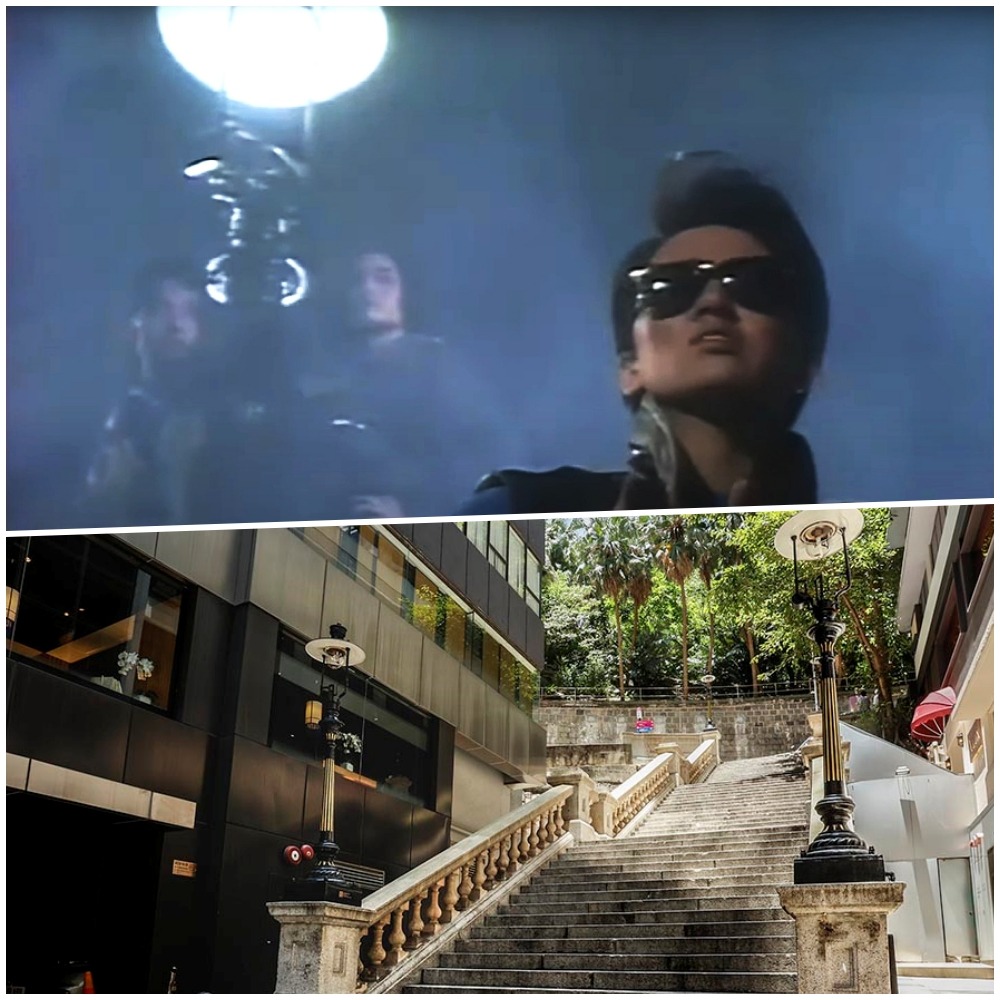Published : 2025-04-25
Updated : 2025-04-25
100 years ago (in 1925), Hong Kong's Kai Tak, which had not yet been developed into an official airport, recorded its first formal flight, marking the beginning of a century of aviation history in Hong Kong.
Do you still remember the scene of this "big iron bird" flying low over the dense buildings of Kowloon City? Let's reminisce about the moments of Kai Tak Airport and revisit the stories of this old friend.
Where does the name "Kai Tak" come from?
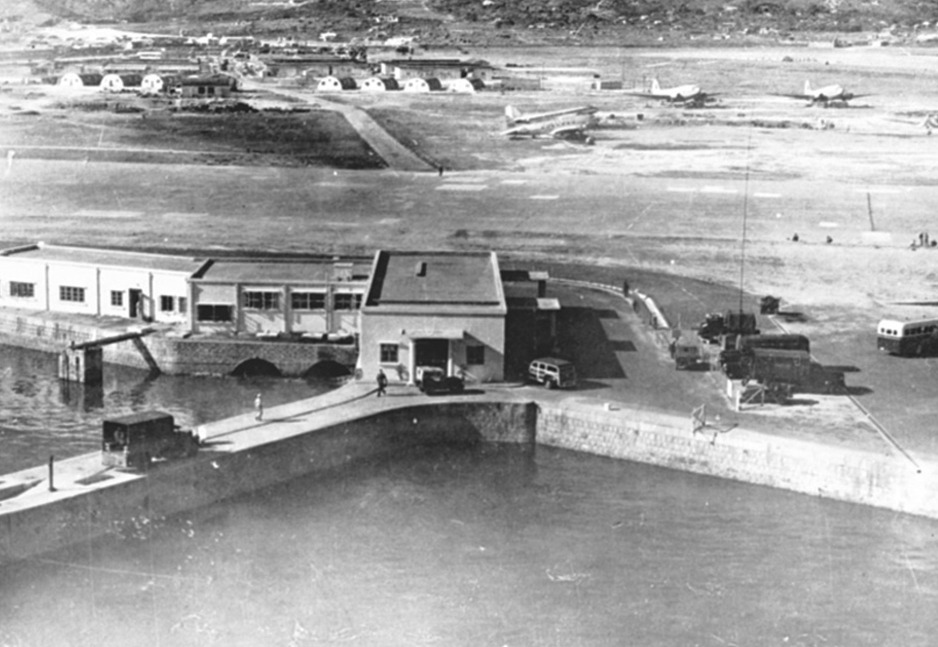
Let's start with the name "Kai Tak" (啟德).
Kai Tak originates from the names of two businessmen, Sir Kai Ho (何啟爵士) and Mr. Tak Au (區德先生).
In the 1910s, they partnered to established Kai Tack Land Investment Co., Ltd. (啟德營運有限公司) and applied to the government to carry out land reclamation in Kowloon Bay for residential development, naming the reclaimed area "Kai Tak Bund" (啟德濱).
Unfortunately, the company later fell into financial difficulties and went bankrupt, and the residential development plan could not be implemented, leaving the reclaimed land vacant.
Subsequently, the British Hong Kong Government recognised the land's potential for airport construction, so they bought it and transformed it into Kai Tak Airport, which opened in 1925.
Read more: Kai Tak Airport officially closed on July 6, 1998
Other international superstars who left their mark at Kai Tak Airport include Michael Jackson and Bruce Lee. Their visits became memorable highlights in the history of the airport.
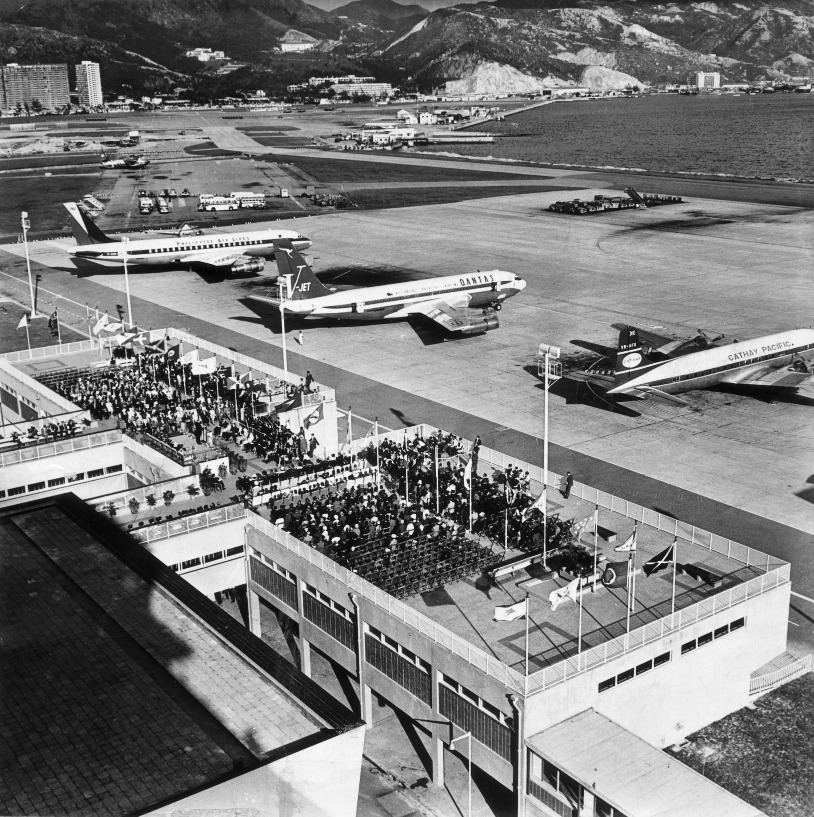
When it comes to collective memories at Kai Tak Airport, the first thing that comes to mind is the observation deck located on the top floor of the terminal.
Every time when bidding farewell to relatives and friends, many would gather at the entrance of the departure hall to say goodbyes and take photos. After a heartfelt wave, many people would first go to the observation deck to watch their loved ones board flights, capturing their last moments before take-off.
In those days, most boarding gates could not connect to the boarding bridge, and passengers had to walk to the ground, take a shuttle bus to the aircraft parking stand, and then use the stairs to board.
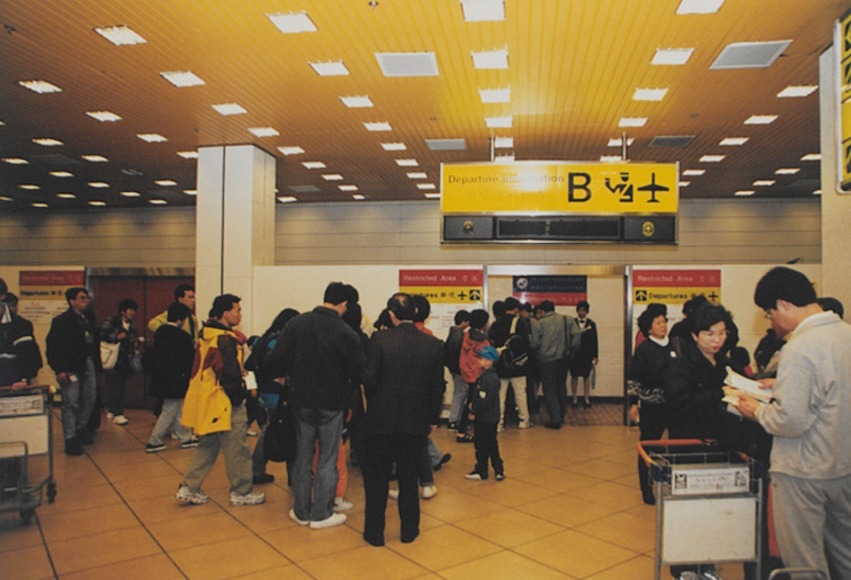
The observation deck was also a must-visit spot for fans chasing stars and idols during that era.
One of the most sensational moments was in 1964 when The Beatles visited Hong Kong. Thousands of fans flocked to the observation deck, waving and shouting to greet their idols, creating an iconic scene in the collective memory of Hong Kong's pop culture.
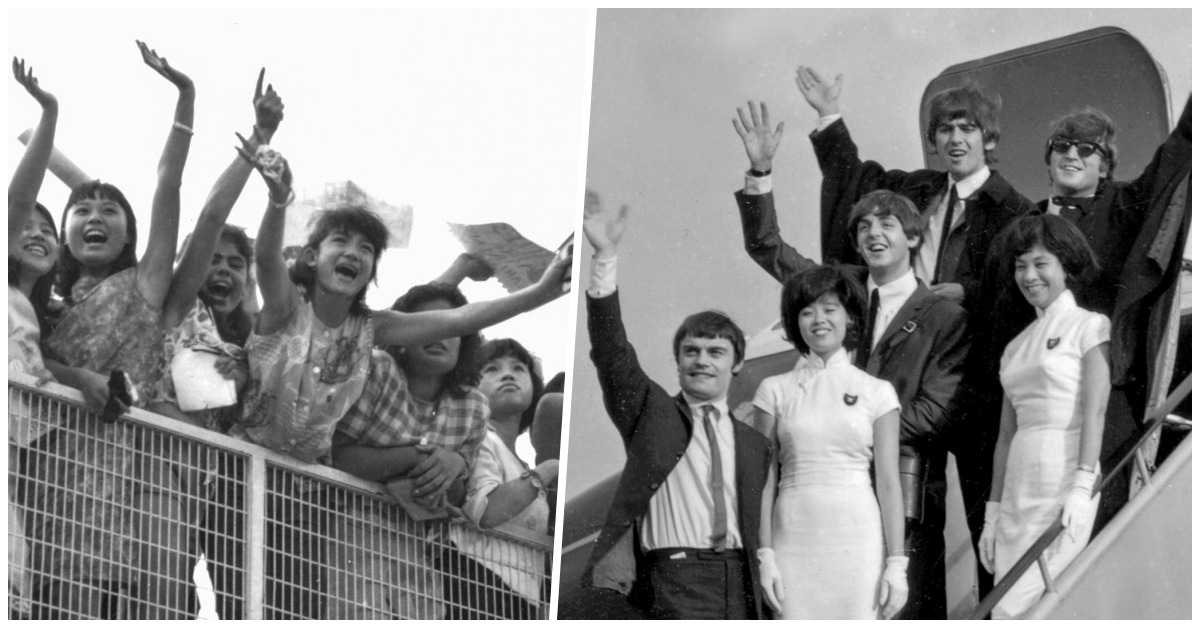
Read more: "The Beatles" visiting Hong Kong caused a sensation
Other international superstars who left their mark at Kai Tak Airport include Michael Jackson and Bruce Lee, among others. Their visits became memorable highlights in the airport's history.
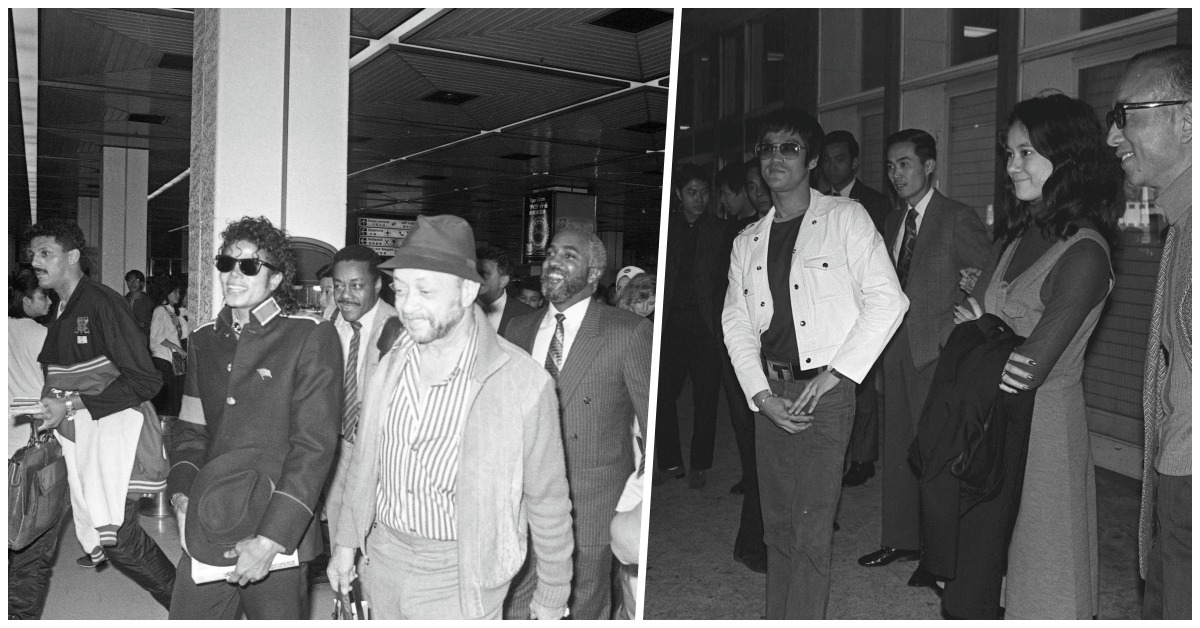
Frequent flights at Kai Tak Airport became nightmare for Kowloon City residents
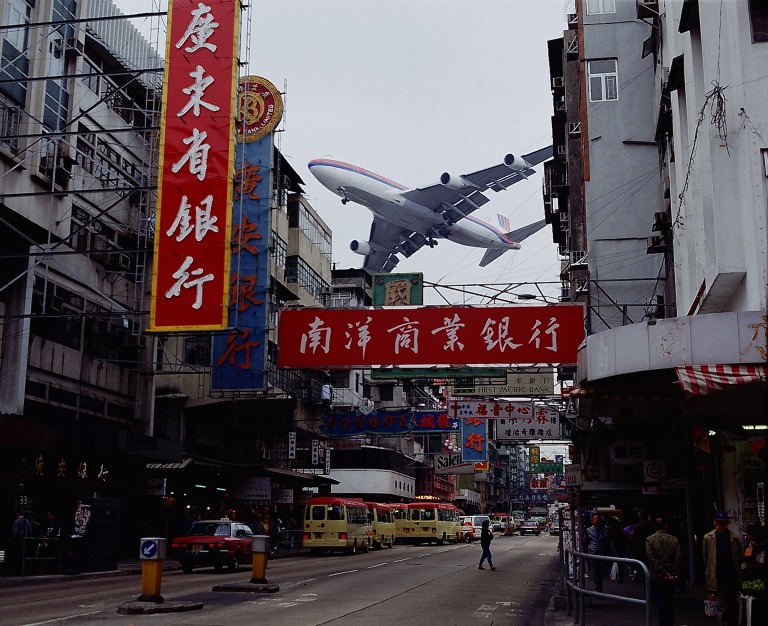
Another collective memory of Kai Tak Airport that people loved and hated was the deafening noise. For aviation enthusiasts, the sound of aircraft taking off and landing was filled with vitality, bringing immense joy and excitement.
However, for the residents of Kowloon City, it was a nightmare.
Kai Tak Airport was only a street away from the residential buildings in Kowloon City, and there were an average of 36 flights per hour, with almost one flight per minute during peak times. This relentless noise was a constant source of disturbance.
Kai Tak Airport was one of the most dangerous airports in the world
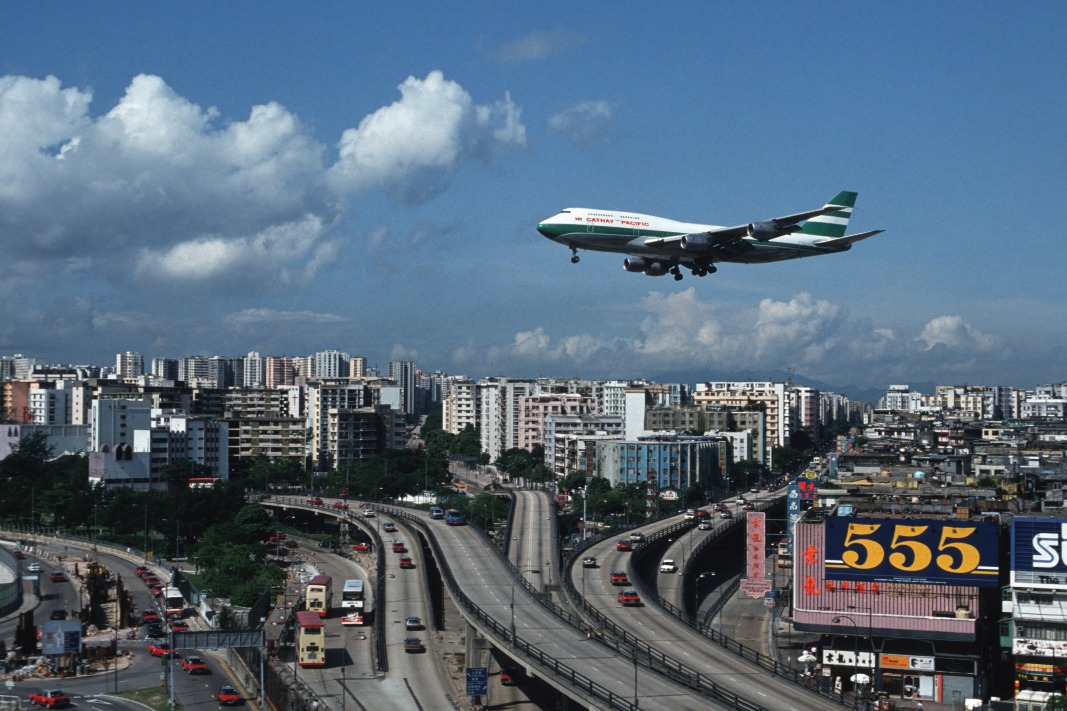
Located in a highly dense urban area, Kai Tak Airport was once considered one of the most dangerous airports in the world, constantly challenging pilots' flying skills.
Since Kai Tak Airport had only one runway, take-off and landing directions were 136 degrees and 316 degrees, known as "Runway 13" (13跑道) and "Runway 31" (31跑道).
The nearby mountains and tall buildings, along with potential strong winds and headwinds, posed challenges to pilots, requiring them to exercise extra caution.
It was said that some airlines required pilots to undergo enhanced simulator training to familiarise themselves with the unique landing conditions at Kai Tak.
Read more: Hong Kong International Airport replaced Kai Tak Airport
How close were the planes to Kowloon City?
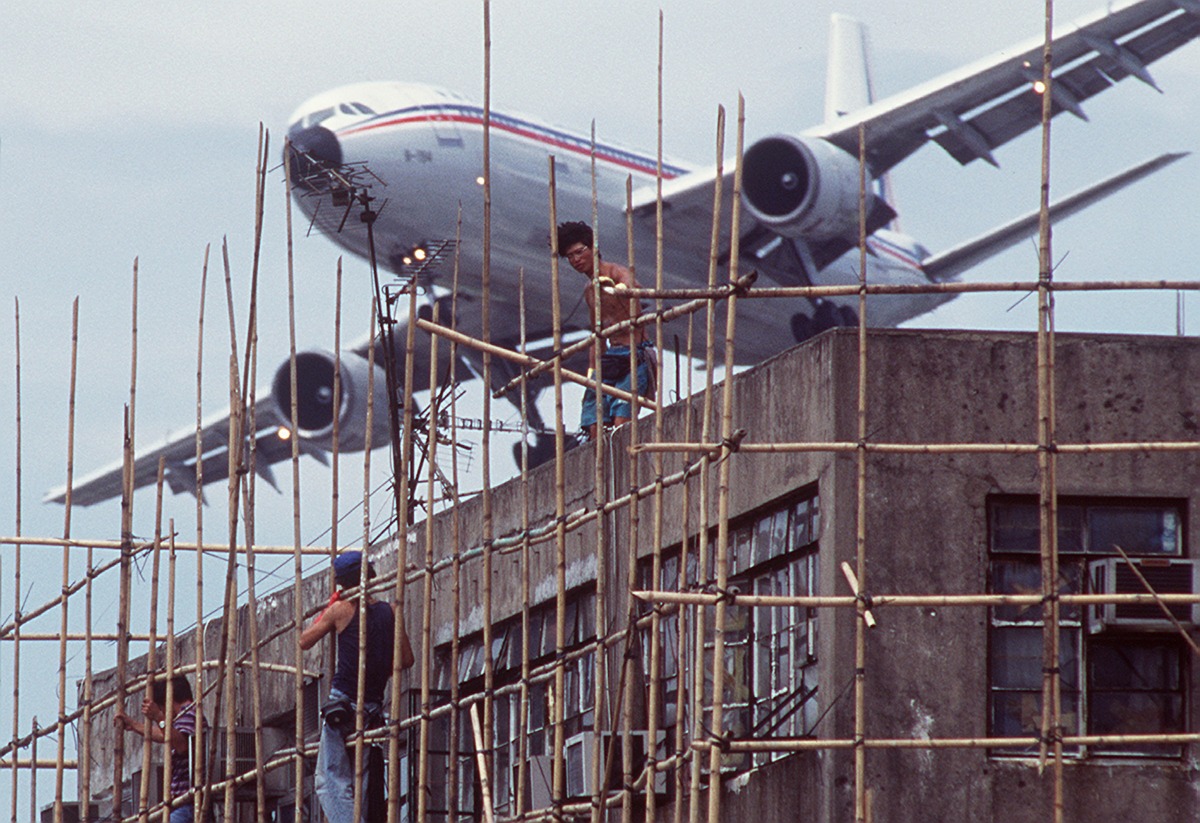
One of the most fascinating aspects of Kai Tak Airport was how aircraft would approach low over Kowloon City.
When an airplane flies low to descend, the distance to the buildings is only about 100 to 200 metres. If passengers sitting near the wings and look down, they almost felt like the wings were about to touch the residential buildings.
If you have good vision, you might even see the TV screen inside the apartments or the colour of the clothes hanging on the rooftops. It was often joked that if someone raised a clothes pole on the rooftop, they could almost "touch" the plane as they flew by.
Although these questions may never have definitive answers, they always make people inadvertently nostalgic for Kai Tak Airport.
The former Kai Tak Airport witnessed the rapid development of Hong Kong and its transformation into the metropolis it is today. Though the old airport has been left behind, the memories and experiences associated with it are not easily forgotten.
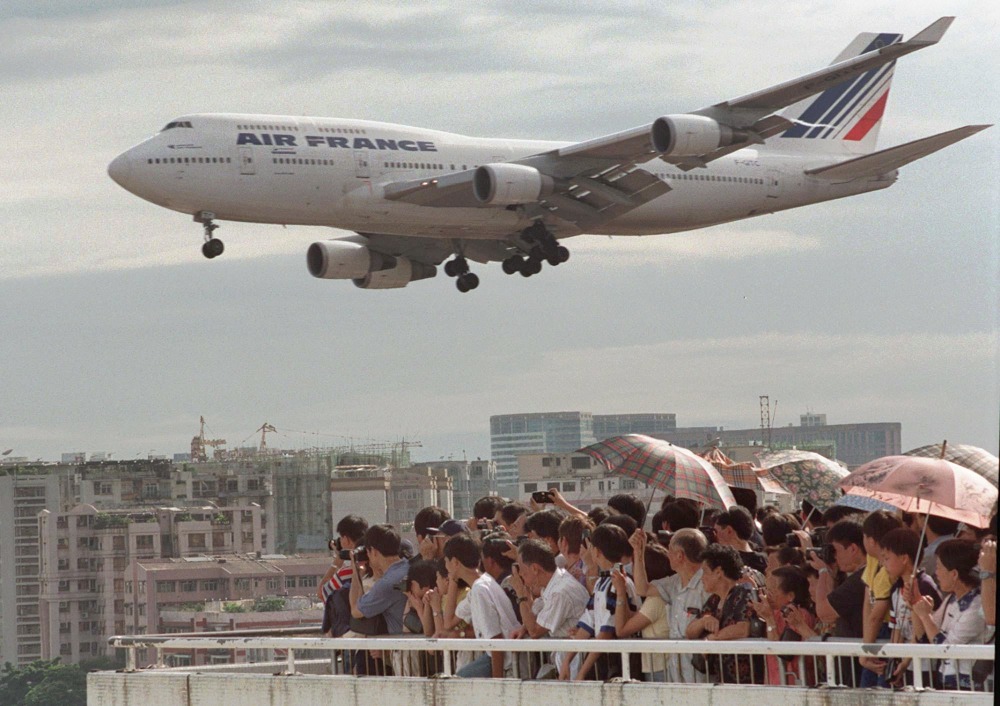
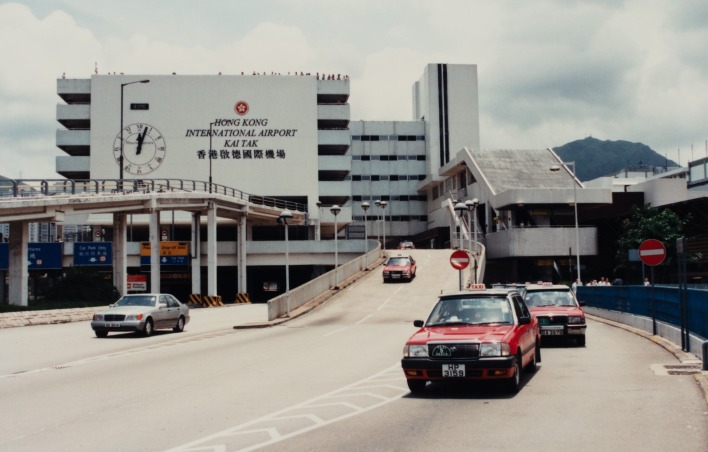
Read more: Hong Kong Street Stories|Ngan Mok Street in Tin Hau was the birthplace of Hong Kong films
